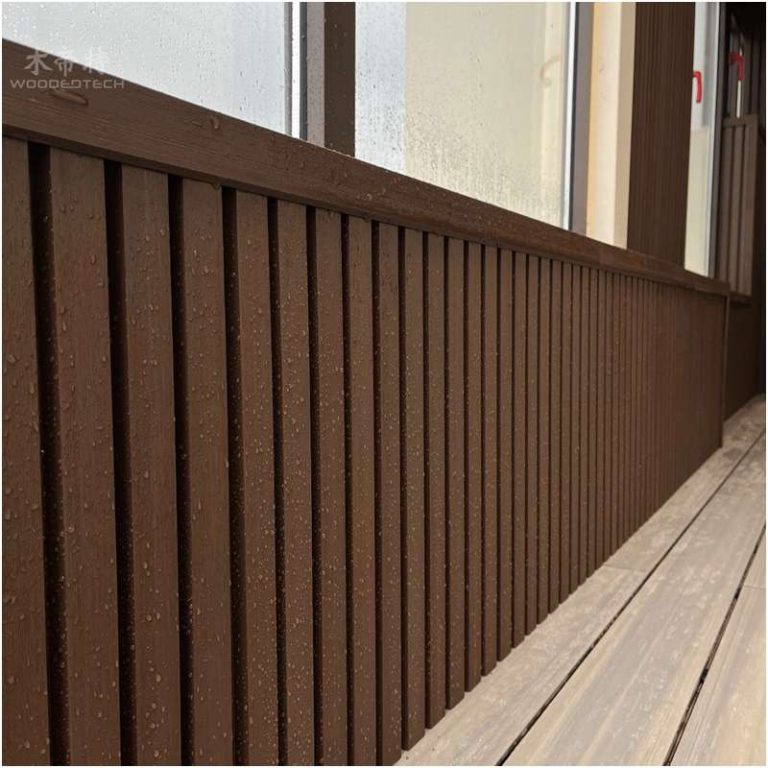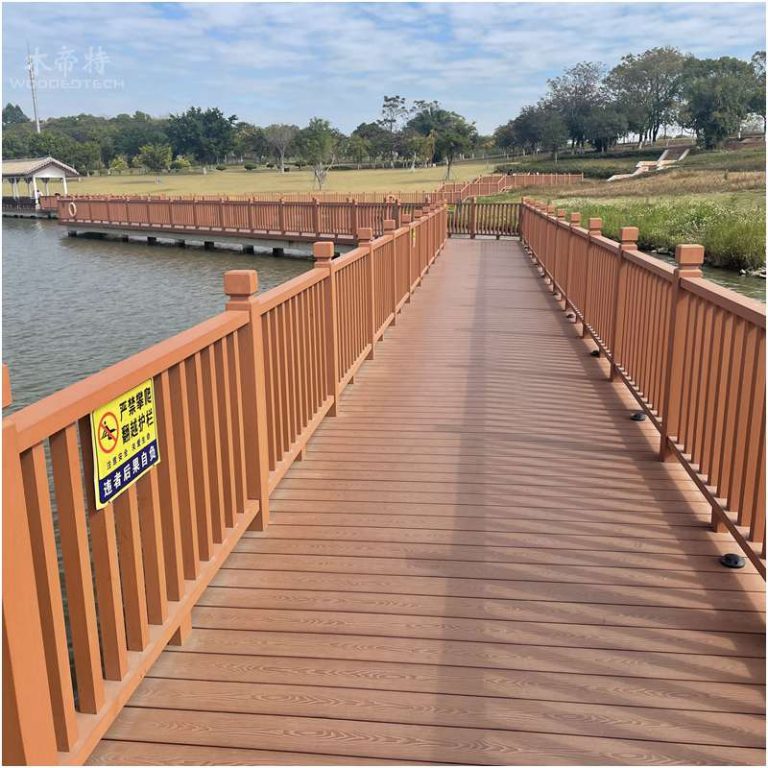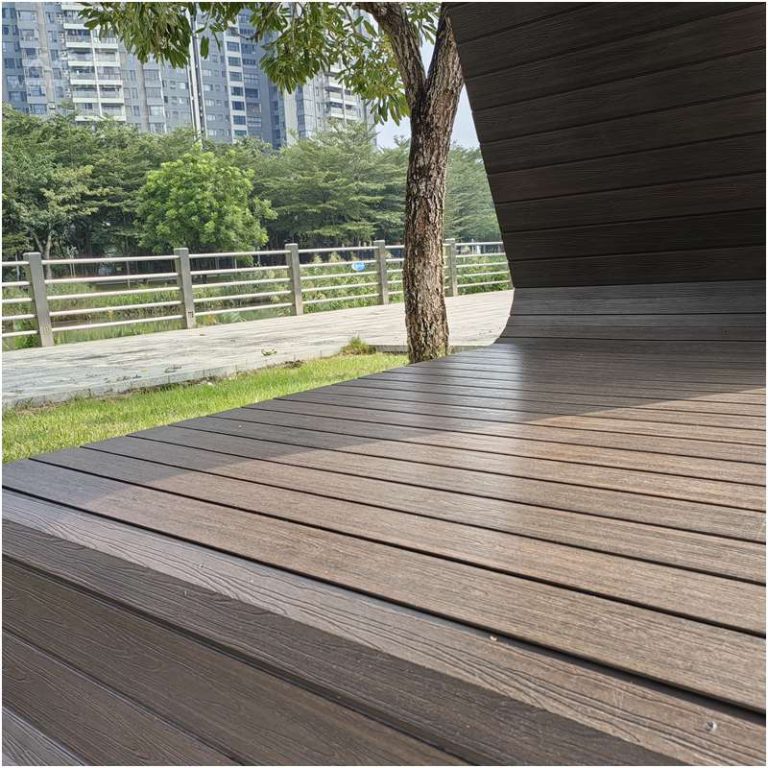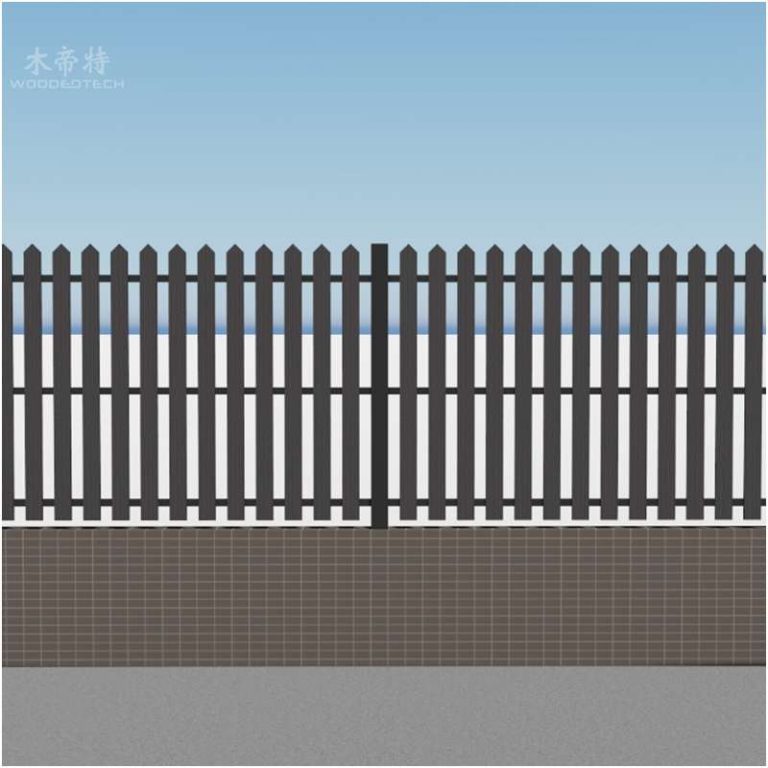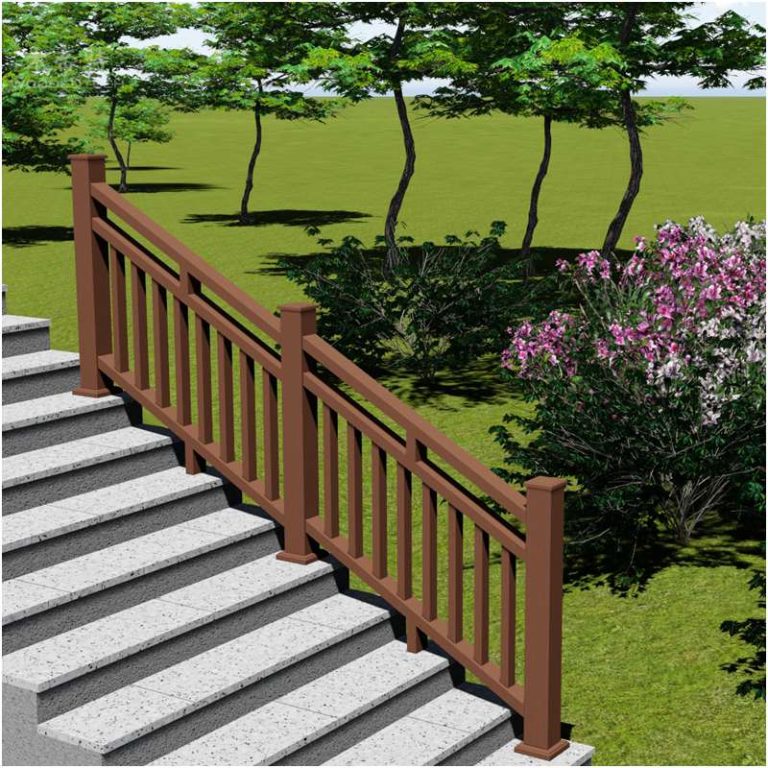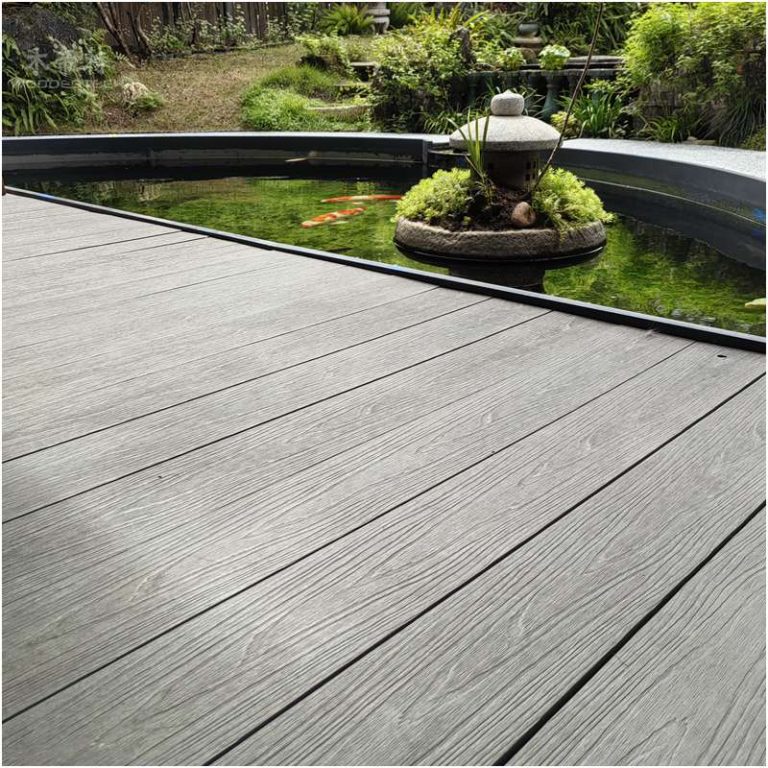2024 wood polymer composite WPC co-extrusion(co extrusion decking) technology
2024 wood polymer composite WPC co-extrusion(wpc co extrusion、co extrusion decking、co extrusion wpc、co extrusion composite decking) technology Plastic wood material is mainly made of wood as the basic material, thermoplastic polymer materials (plastics) and additives. After the thermoplastic polymer materials are mixed evenly, they can be made by extrusion molding by covering the surface of the…
-technology-4.jpg)
-technology-3.jpg)
-technology-2.jpg)
-technology-1.jpg)
| 2024 wood polymer composite WPC co-extrusion(wpc co extrusion 、co extrusion decking、co extrusion wpc、co extrusion composite decking) technology |
Plastic wood material is mainly made of wood as the basic material, thermoplastic polymer materials (plastics) and additives. After the thermoplastic polymer materials are mixed evenly, they can be made by extrusion molding by covering the surface of the profile with mold equipment. High-tech wood-plastic profiles have the properties and characteristics of wood and plastic, and are new composite materials that can replace wood and plastic.
In order to further improve the functions and properties of wood-plastic composites, wood composites are developing from single structures to multi-layer composite structures. This development trend is mainly due to the application of co-extrusion technology and full wrapping technology in plastic wood composite materials.
Co-extrusion technology uses two or more extruders to melt the material and continuously extrude it through a specific mold into a multi-layer composite wood-plastic material.
The new generation of plastic-wood composite materials produced using co-extrusion technology has better material properties, longer service life, and is more economical and environmentally friendly. The advantages of co-extruded wood composite materials can be summarized as:
Resistant to moisture and immersion. One of the advantages of wood-plastic composite materials is that they can absorb a certain amount of wood production waste. However, the high water absorption of wood fiber waste is difficult to overcome. As a result, the wood-plastic composite materials will absorb water, deform, decrease in strength, and freeze and thaw under certain usage environments. Problems such as cracking.
The water absorption resistance of co-extruded wood composites is significantly better than that of non-coextruded wood composites. The new generation of wood-plastic composite materials produced using co-extrusion technology has an unaffected dimensional stability under the premise of increasing the wood powder/wood flour blending ratio, and the expansion rate after saturation is much smaller than that of wood-plastic composite materials produced without co-extrusion technology.
The strength loss is small after being soaked in water. The strength loss of wood-plastic composite materials in unfavorable environments such as moisture and freeze-thaw cycles is one of the criteria for testing the material properties of wood-plastic composite materials. The strength loss of the new generation of wood-plastic composite materials produced using co-extrusion technology after being soaked in water is less than the strength loss of wood-plastic composite materials produced without co-extrusion technology.
This is because the degree of strength loss is determined by the thickness of the co-extruded layer and the strength of the core material. The strength of the core material is low, but when the thickness of the co-extruded layer is large, the strength loss is low, which is more economical. Under the conditions of the same co-extruded layer thickness and core material strength, external fibers can enhance the physical and chemical strength of co-extruded wood composite materials.
Stronger anti-aging properties. The new generation of wood-plastic composite materials produced using co-extrusion technology has much better UV-aging resistance than wood-plastic composite materials produced without co-extrusion technology when light stabilizers are added during the production process. This is due to the co-extrusion technology. The multi-layer composite effect of the produced wood-plastic composite material greatly delays the aging of the material under ultraviolet irradiation.
Better flame retardant properties. Wood plastic composite materials produced using co-extrusion technology use flame retardants to make co-extruded layers, which optimizes the production method of traditional non-co-extrusion technology wood-plastic composite materials by adding flame retardants to wood fibers. The addition of flame retardants does not need to be considered. The impact on material strength greatly improves the flame retardant performance of co-extrusion technology wood-plastic composite materials. The flame retardant performance depends on the thickness of the co-extruded layer. The concept of flame retardant thickness is equated with the thickness of the co-extruded layer. The production of the flame retardant layer thickness can be controlled according to specific requirements, which improves the flame retardant performance while reducing the production difficulty.
| 2024 wood polymer composite WPC co-extrusion(wpc co extrusion 、co extrusion decking、co extrusion wpc、co extrusion composite decking) technology |

